Visual design: Designing the website's visual elements, such as the colour scheme, typography, images, icons, and graphical elements. This step involves creating a cohesive and visually appealing design that aligns with the brand's identity and user experience goals.
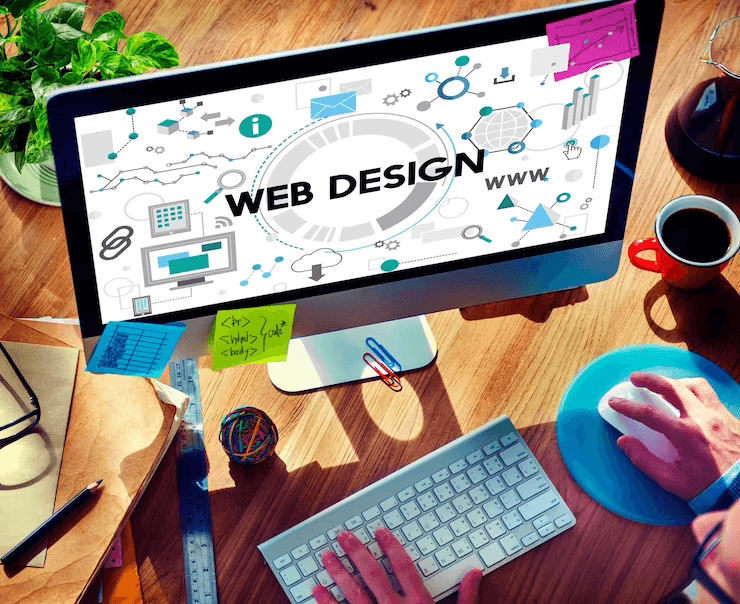
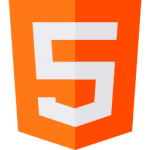

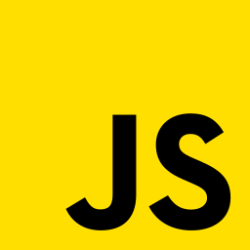

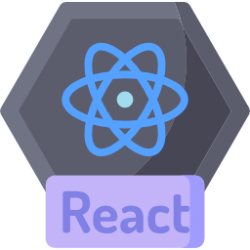
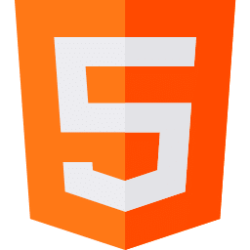
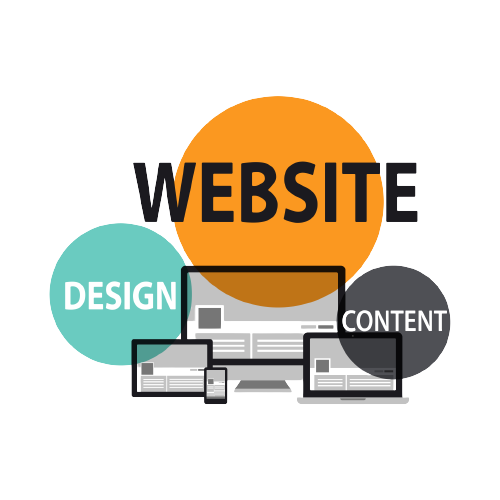
 07462587347
07462587347 02085748391
02085748391